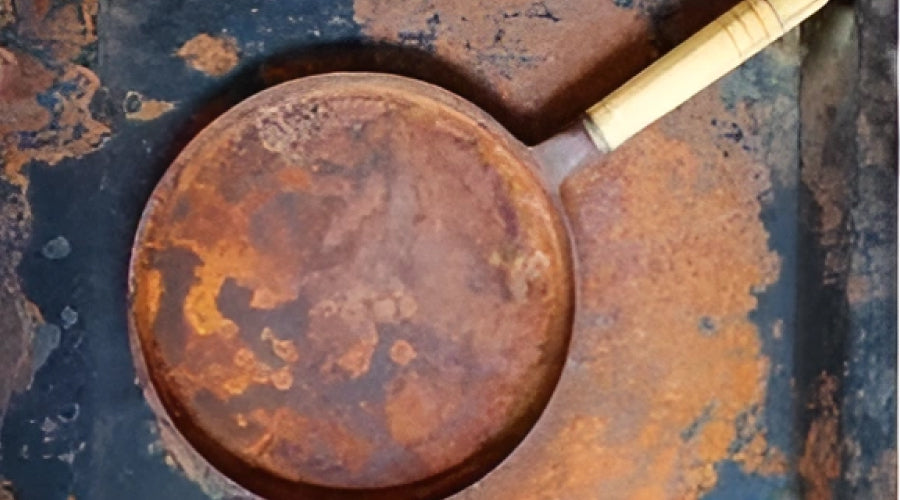Causes of Rust on Stainless Steel Products
Rust is caused by a metallic particulate which has oxidized on the surface of a product and turned it to rust. When rust occurs on a product, it resides on the top surface. Glass, enamelled cast iron, vitreous china, stainless steel, and Vikrell cannot rust on its own. Rust is not the result of a manufacturing process, nor is it considered a defect in the product.

Stainless Steel Products
Stainless Steel products, for example, a Buildmat kitchen sink cannot rust on its own. Rust is caused by a metallic particulate which has oxidized on the surface of a product and turned it to rust. When rust occurs on a product, it resides on the top surface. Glass, enamelled cast iron, vitreous china, stainless steel, and Vikrell cannot rust on its own. Rust is not the result of a manufacturing process, nor is it considered a defect in the product.
Shop Stainless Steel Kitchen Sinks
Browse our range of stainless steel kitchen sinks.
To reduce the chance of rust occurring, keep the following in mind:
· Don't leave dish rags or other cleaning utensils on the countertop or in the sink basin.
· Rubber mats left in the sink will allow soap and hard water deposits to form in the grain of the sink.
· The use of abrasive pads, even sparingly, will allow rust to get into the grain of a sink.
· Hard water in the house may also account for rust stains.
Stainless Steel
Rust Inside the Sink: If rust appears on the inside of your sink it is likely the result of the chemicals being used in, or around, the sink. Similarly, do not use cleaners with bleach to clean your stainless steel sink. Even if these cleaners are used for the countertops adjacent to the sink, the overspray can land on the sink and cause rusting. Please consider using non-bleach alternatives and thoroughly rinsing down the sink after using the cleaner.
Rust on Underside of Sink: If rust appears on the underside of the sink, it is likely due to the contents of the cabinet the sink sits on top of. Fumes from many household chemicals can rust a stainless steel sink. Do not store open containers of cleaners or chemicals such as bleach, acids, salt, lye, toilet-bowl cleaner, drain cleaner, or hard water stain removal products under your sink.
Do not use cleaners with bleach to clean your stainless steel sink. Even if these cleaners are used for the countertops adjacent to the sink, the overspray can land on the sink and cause rusting. Consider using non-bleach alternatives and thoroughly rinse the sink after every cleaning.
When rust does appear, it is typically only surface rust and can be removed easily with the right cleaners. Do not use steel wool, wire brushes or abrasive sponge pads. Use only non-scratch cleaning pads.
Beneficial Baking Soda Paste
A simple paste made from baking soda is an excellent rust and spot remover for a stainless steel sink. It's also ideal for cleaning the sink any time, as this powder offers enough abrasive power to remove problem spots without harming the sink.
- For a small spot, mix a little water into a tablespoon or two of baking soda to create a paste.
- Rinse the sink out or wipe it down with a wet paper towel to moisten the area that needs a rust treatment.
- Apply the paste to the affected area.
- Scrub the area gently with a soft-bristled brush, such as an old toothbrush or fingernail brush.
- If the spot isn't fading completely, scrub with a dish-scrubbing scrub sponge or nylon scrub pad listed as safe for stainless steel. Rinse the area.
If the rust spot remains or if the affected area covers more than just a small spot, sprinkle baking soda liberally over the rusty areas and let it sit for 30 minutes before scrubbing.






















































































































































































































